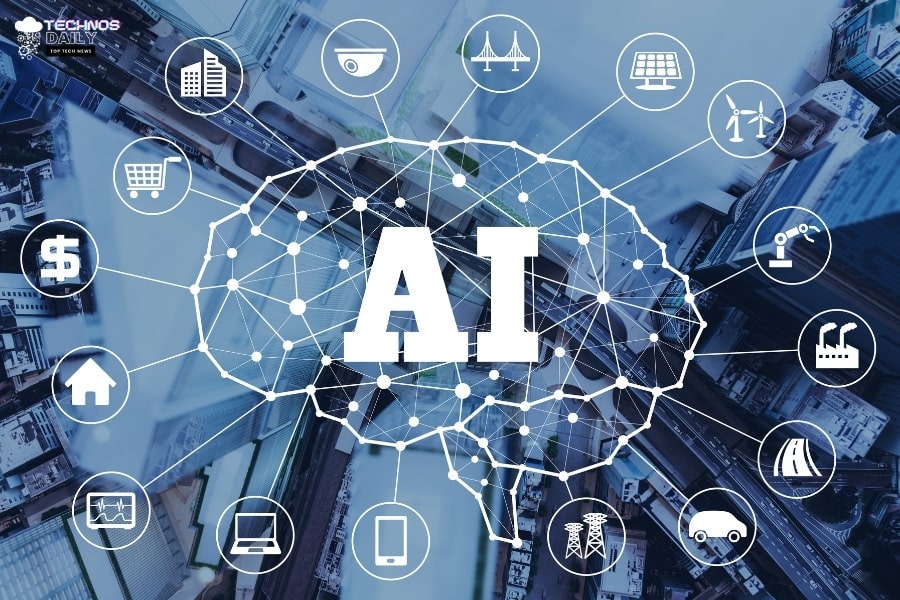941
Conversational AI, also called conversational AI, has developed rapidly in recent years and has become an important part of life.
Conversational AI is also called conversational AI in German
In a world of technological advancement, Conversational AI has found its way into everyday life and is significantly influencing the way people interact with machines. Conversational AI, also known as conversational AI, takes traditional human-machine communication to a new level by using natural language as a bridge between humans and machines.
- Conversational AI refers to artificial intelligence systems that can understand and interpret natural language to have seamless and human-like conversations with users.
- It is used in various applications, including chatbots for customer service, virtual assistants such as Siri and Alexa, social robots, voice control in smart homes and medical diagnostic assistants.
- The core components of Conversational AI are Natural Language Processing (NLP) and Machine Learning (ML). NLP enables AI to understand and process human language, while ML provides the ability to learn and improve from experience.
- Another important aspect of Conversational AI is dialogue management, which controls the AI’s ability to understand the context of a conversation, generate responses, and respond appropriately to user requests.
- Although Conversational AI has made significant progress, challenges remain such as contextual understanding, emotional intelligence and avoiding bias in generated responses.
The definition of conversational AI
The desire for seamless interaction with machines that intuitively understand human intentions and needs has contributed to the development of conversational AI.
- Conversational AI focuses on interacting with the user via speech or text and tries to make that interaction as human and natural as possible.
- It is able to understand the context of a conversation by also taking into account previous utterances of the user. This makes it possible to have continuous and meaningful conversations.
- The reason for this is machine learning, which allows the AI to learn from previous conversations and continuously improve to give more accurate and effective answers.
- Dialogue-oriented AI can also help create personalised experiences by recognising user preferences and behaviour and responding accordingly.

